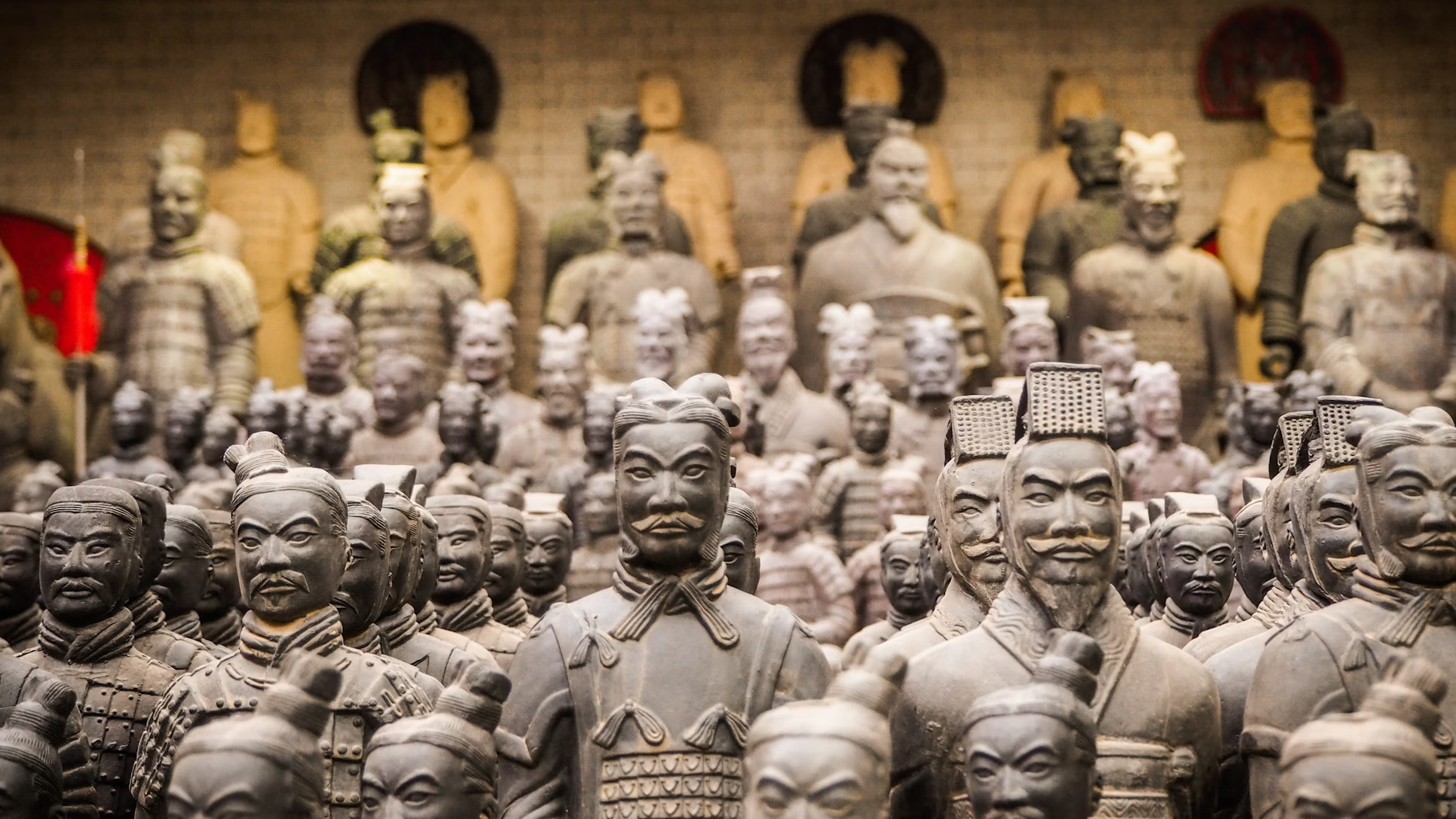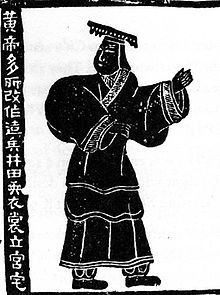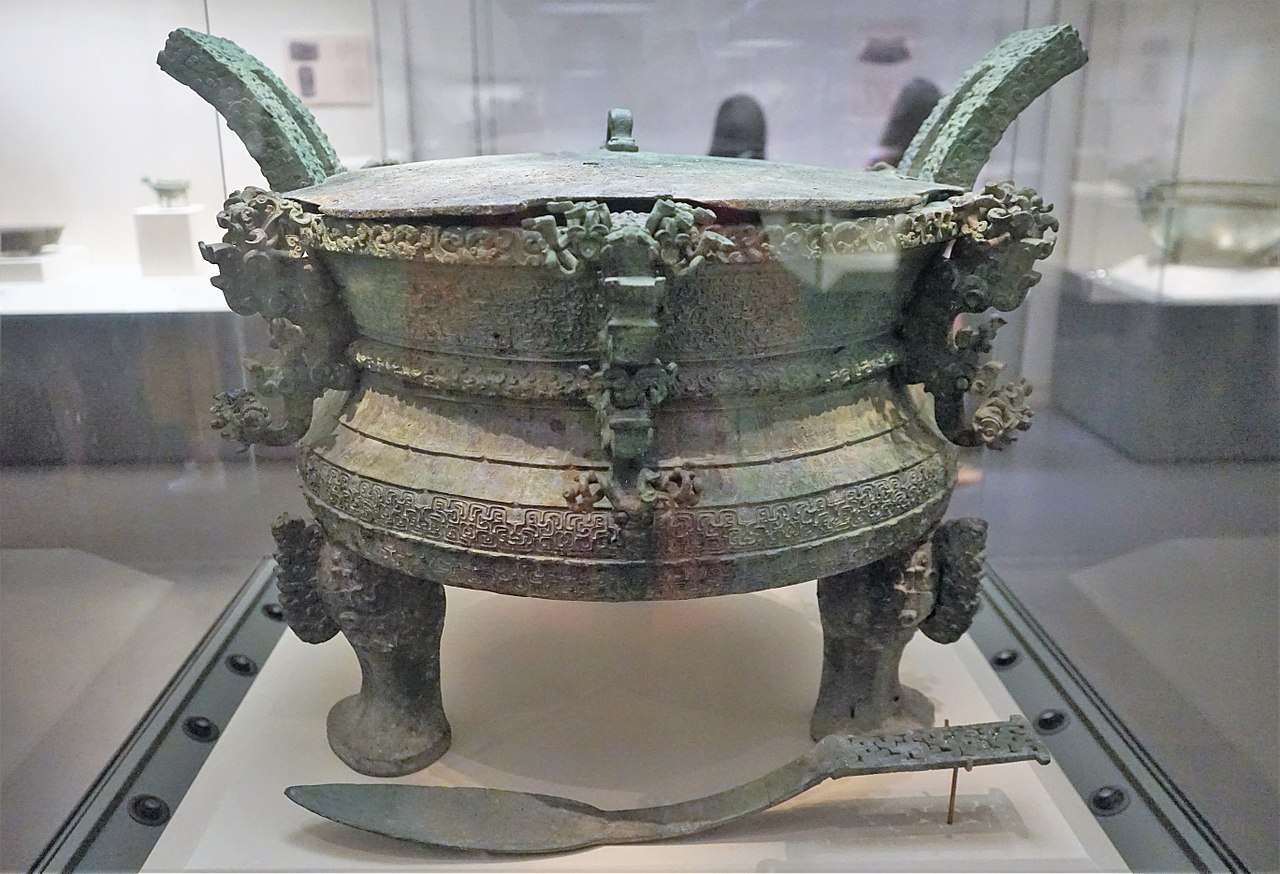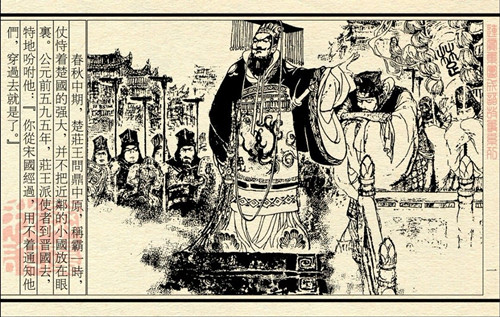Discover the Legacy of China's Dynasties
China's Imperial Eras
Understand the world inhabited by our ancestors, who each took their place in the family in a China being shaped and controlled by the dynastic ruler of their day. Starting with the first emperor, Yu the Great — founder of the Xia Dynasty in 2070 BC (pictured here) — the families who ruled these dynasties deeply affected the fate, fortune, and future of our clans.
The Significance of Chinese Dynasties
Throughout the long recorded history of China, the powerful families that ruled each dynasty with absolute power shaped the cultural, political, and social world. From the ancient Xia in 2070 BC to the transformative Qing in 1912 AD, each dynasty added uniquely to what it is to be Chinese — from art, architecture, and music. to philosophy, poetry, and governance, to the societal role of the family.
The zupus we have acquired contain records of our ancestors who were born in different dynastic periods. The more I learn about their historical context, the better I understand the hearts of the women, and feel the relentless burden of family expectations carried by the men.

Chronology of China's Dynasties
Embark on a chronological exploration of China’s major dynasties, each marking a significant chapter in the nation’s history.

2070 BC
Xia Dynasty
Considered the first dynasty in traditional Chinese history, the Xia Dynasty laid the foundational aspects of Chinese civilization.
1600 BC
Shang Dynasty
Known for its advances in bronze metallurgy, the earliest known Chinese writing, walled cities, and horse-drawn chariots, the Shang Dynasty marked a period of cultural development.
1046 BC
Zhou Dynasty
(Pronounced “joe”) The longest-lasting dynasty in Chinese history, the Zhou introduced the Mandate of Heaven and saw the rise of Confucianism and Taoism. They empowered aristocratic families to govern their domains, which gave hierarchical power to ancestral clans.
221 BC
Qin Dynasty
(Pronounced “chin”) Famous for defeating the rest of the warring states, unifying China, and building the Great Wall and the terracotta warriors, the Qin Dynasty established the first centralized imperial government. They standardized writing scripts, weights and measures, and ruled harshly by suppressing all dissenters.

Defining Characteristics of Chinese Dynasties
Han Dynasty
The Han Dynasty is renowned for its consolidation of the imperial structure, official adoption of Confucianism, and the expansion of the Silk Road, which facilitated trade and cultural exchange.
Tang Dynasty
The Tang Dynasty is celebrated for its cultural flourishing and the development of poetry, as well as its advancements in technology and trade.
Song Dynasty
The Song Dynasty is noted for its economic prosperity and innovations in technology, such as the invention of gunpowder and the compass.
Ming Dynasty
The Ming Dynasty is recognized for its maritime exploration led by Zheng He and the construction of the Forbidden City in Beijing.
Paintings, sculpture, architecture, and ceramics reveal both chaos and peace during a period of intense political upheaval in China.
See how Chinese artists reveal the profound desire for harmony and peace in society after the fall of the Tang Dynasty.
Common Questions About Chinese Dynasties
What was the longest-lasting Chinese dynasty?
The Zhou Dynasty was the longest-lasting, enduring for approximately 790 years from 1046 to 256 BCE.
Which dynasty built the Great Wall of China?
The Great Wall was initially built during the Qin Dynasty, but it was significantly expanded during the Ming Dynasty.
What is the significance of the Silk Road?
The Silk Road was crucial for trade and cultural exchanges between the East and West, particularly during the Han Dynasty.
How did the Tang Dynasty influence culture?
The Tang Dynasty is known for its cultural renaissance, especially in poetry and art, influencing future generations.
Why is the Ming Dynasty famous for exploration?
The Ming Dynasty is famous for its naval expeditions led by Admiral Zheng He, which expanded China’s influence overseas.
What technological advancements occurred during the Song Dynasty?
The Song Dynasty saw significant technological advancements, including the invention of movable type printing and improvements in agriculture.
How did the Qing Dynasty impact modern China?
The Qing Dynasty was the last imperial dynasty, and its fall led to the establishment of the Republic of China, marking the end of imperial rule.
What role did Confucianism play in Chinese dynasties?
Confucianism was a guiding philosophy that influenced governance, education, and social norms throughout many Chinese dynasties.
Which dynasty is known for its artistic achievements?
The Tang Dynasty is particularly known for its artistic achievements, including advancements in painting, sculpture, and ceramics.

